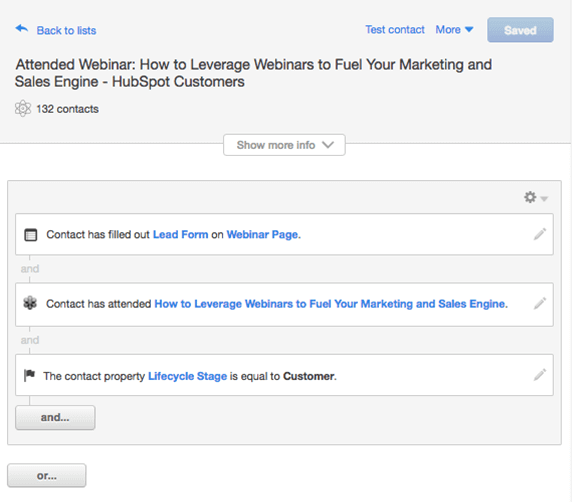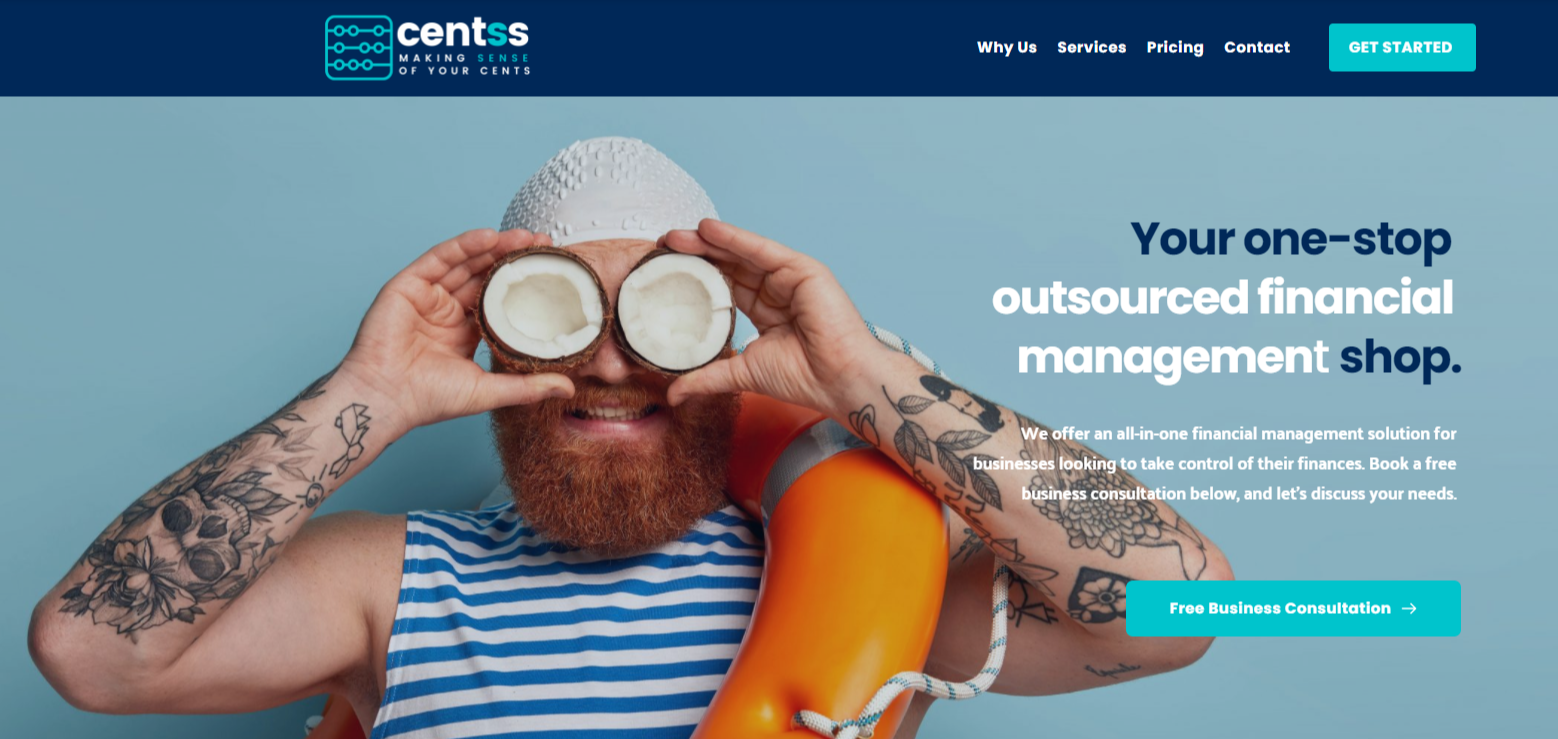Worldwide there are about 2 billion websites online. New sites and pages are added every minute. It is becoming increasingly difficult for potential customers to quickly find the right information. It's like looking for a needle in a haystack! Can you still achieve business growth with Inbound in this proliferation of information? Hell yes! However, it is important that your inbound strategy 'evolves' in order to remain relevant after 2020.
What is inbound marketing?
How do you attract potential customers? You used to do that mainly by advertising in newspapers, magazines, on the radio and TV. Nowadays you find potential customers more and more online. There you can surprise them with qualitative and relevant content. That way, you naturally lead prospects through all phases of the buyer and customer journey. Free blog posts for the top of the funnel, white papers and customer cases for the middle of the funnel and specialist product demos for the bottom of the funnel.
Keep paying attention to your organic ranking
With the inbound method you want to bring all this valuable content to the attention of potential customers. Search engine giant Google uses many ranking factors to determine the position of a web page. Some of these factors focus on the content of content. Google determines on the basis of certain criteria how well the information provided matches search queries.
Ultimately, that 'match' determines (in addition to technical factors) where your website or webpage ends up in the serps: the search engine result pages. Of course you want to be in the first place! Because the competition is fierce, it is important to continuously evolve with search engine manufacturers (especially Google). Why?
Gaining and / or maintaining a high position requires your constant attention. Over time, Google changes the importance of certain factors. This adjustment of the algorithm affects your ranking. What do you need to pay attention to right now?
Create content based on your buyer persona
Google values content that is unique. It is information that has actually been created with the reader in mind. Do not write specifically for the search engine. Moreover, luring 'visitors' with content that does not meet their needs is completely out of the question. It is at the expense of your ranking and what good are visitors and leads that do not 'match with your offer'. It only irritates. The point is to showcase your knowledge online. That is the way to interest and bind prospects to you. Always produce content with your buyer persona in mind.
Produce unique, varied content
It is best if your content is new. This means that you are able to answer questions that have not yet been addressed elsewhere. Furthermore, it is best to create content that partly overlaps with information that you have previously published. However, if you write too often about exactly the same topic, it can have a negative impact on your ranking. So try to create original, varied content that differs from your competitor and from previously posted content.
Write about current events, especially in 'volatile' branches
In your industry and field you have to deal with internal and external developments. It is wise to reflect this current affairs in your content. In addition to writing about current topics, it is wise to constantly update older posts and content.
Especially if your organization is active in a 'volatile' field such as fashion, car industry or electronics. Different lines, collections and models are constantly emerging. Then show that your information reflects the latest state of affairs. Give old posts a 'facelift' that shows that you are up to date with the latest developments.
Pay attention to the length of blog posts
The length of a blog post also affects your ranking. An article of nearly 2000 words is optimal. However, don't be blind to this. Of course, the number of words says something about how extensively you cover a subject. With a long article you can highlight and deepen all facets of a topic. You simply cannot do that in 300 words. Long posts show that you are a thought leader.
Cluster content with pillar pages
You can structure a blog post with logical headings and subheadings, bullet lists and block quotes. It is also important to use a good line length, font size, white space and 'line height'. All these things make the presentation of your post more attractive and they also promote readability.
But how do you organize all your blog posts? After all, it could be hundreds of articles! Until recently, it was enough to optimize each post for certain keywords. Today, this presentation of a 'disjointed cloud of individual posts' is no longer sufficient. Google's algorithm likes to see you show the interrelationships between blogs.
The consequence? SEO or Search Engine Optimization is increasingly about building clusters of information . With this you bring structure to your content and that is a service to your reader. First, you map out the main topics you want to be found on. You will then create derived content for each main topic. These are sub-topics that touch on the broad main topic.

Ultimately, such a 'topic cluster' consists of one or more pillars: long articles that cover all facets of the main subject superficially. From each pillar page you then link to blog posts that deal with the sub-topics in more detail.
This structure of your website and blog benefits your ranking. Keep optimizing individual posts for certain keywords.
Artificial Intelligence and a / b testing
The Inbound method is all about increasing your organic traffic by offering valuable, free content. When a visitor appreciates that content, there is a good chance that he will want to leave his data for premium content.
From that moment on, it is important to keep nurturing such a lead with a surprising, personal e-mail campaign that fits the phase of his customer journey. It's all about maintaining interest by offering content that constantly matches the current needs of a potential customer. Does a lead convert to customer? Don't let go of him after that. Turn him into an ambassador with good service, because satisfied fans are your best marketing weapon!
Artificial Intelligence, or AI, has become indispensable in this process of attracting, engaging and exceeding expectations. This technology makes it possible to serve leads and customers on a large scale without losing the 'personal touch'. For example, with software like HubSpot you can segment your online audience and then let it flow into appropriate marketing campaigns.

AI can also automatically 'cut up' all your marketing communications and implement small 'tweaks'. You then test multiple versions and variables at the same time. You can see the results after a campaign. Which versions, headings, texts, images and ctas are successful? AI has kept it for you. Take these results with you when you start your next campaign!
You can also go for the classic a / b test with which you examine 2 to 5 versions, where you only change 1 aspect of the page. Is there a significant difference between the performance of the different versions? Then that one difference is responsible for it.
In summary: an effective inbound strategy
Below we list everything again. To apply Inbound effectively, the following is currently required (among others):
- Produce valuable content that really helps readers move forward.
- Write current, in-depth, (medium) long and pleasantly readable posts.
- Clarify the relationship between information with content clusters and pillar pages.
- Do personal and individual marketing on a large scale with AI.
Would you like to know more about the Inbound method that transforms unknown visitors into passionate ambassadors of your service, product or organization? In that case, please contact us. We are happy to help bring your organization to the attention online. Your success is our success!

-2.webp?width=500&height=188&name=Untitled%20design%20(7)-2.webp)
